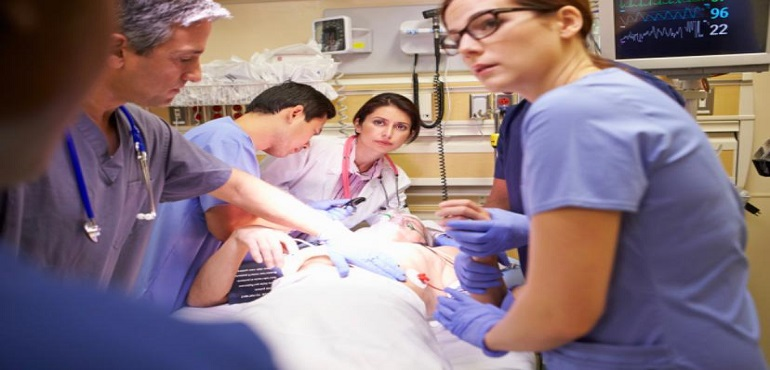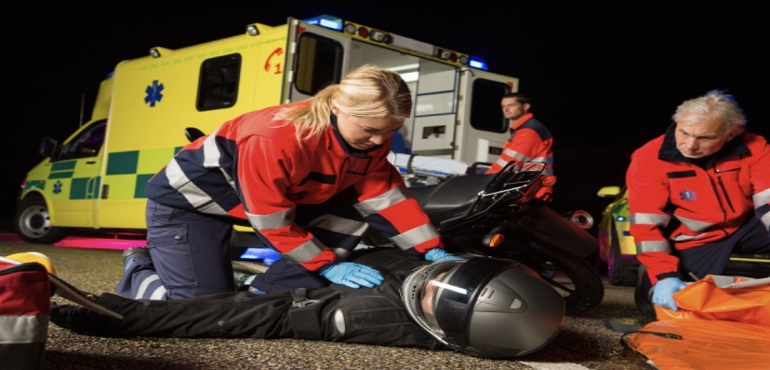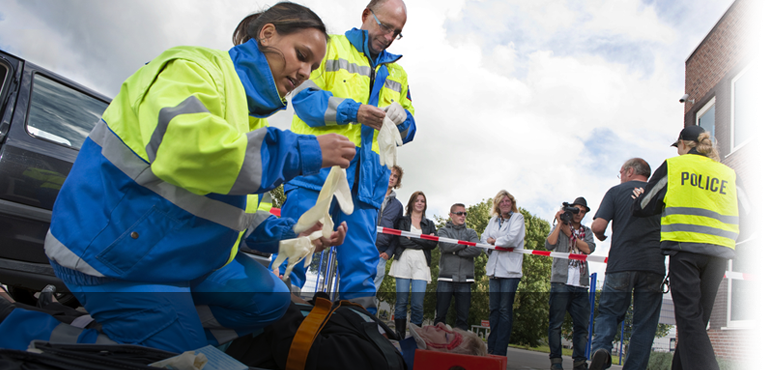| Toll Free : 1844 495 7333(injury hotline- new cases only) | |
| Text a Personal Injury Lawyer 24/7 and get instant help.TM (416 931 5015) | |
| Head Office : 905 495 7333 |
Keeping Your Child Safe: Child and Booster Seats
August 3, 2017According to the Canadian Pediatric Society, the main cause of death of Canadian children is motor vehicle collisions. A report titled Transportation of Infants and Children in Motor Vehicles (2006) revealed that 16% of fatalities and 19% of injuries in children and adolescents occurred as a result of motor vehicle collisions. The report categorically states that although there are stringent rules regarding use of child safety seats in all the 10 provinces and 3 territories, many of the accident-related injuries were directly caused by the non-use or misuse of child safety restraints.
A Ministry of Transportation recommendation states that car seats are the best way to prevent serious injury to children in collisions. Using the right type of car seat is an important aspect of this and the seat should be chosen based on the child’s weight, height and development.
Motor vehicle accident lawyers are strong advocates for the use of safety restraints and car seats in children and adults. When properly installed, they reduce injury risks by nearly 70%.
Each province and territory has its own restrictions and the make and model of each car seat will have its own set of restrictions. Some seats may fit across more than one stage and it’s safest to keep to one stage for the maximum/complete length of time.
Stages of Car Seat Use
There are 4 main stages of car and booster seat use.The manufacturer’s label will provide information on the correct size, weight and height of the child that should be using this particular seat.
- Stage 1: Rear-facing seats: for newborns and toddlers. The Ontario Highway Act mandates children up to 9kg use rear-facing seats.
- Stage 2: Forward-facing seats: with tether strap for children between 9-18 kg.
- Stage 3: Booster seats: raise the child’s height so that the adult seat belt fits better. Recommended for children under age 8, less than 4’9” tall and weighing between 18-36 kg.
- Stage 4: Seat belts are recommended when the child is able to sit comfortably with legs bent over the seat edge and is able to maintain this position through the trip. Shoulder belt should cross the shoulder and chest and lap belt should cross the hips and not the stomach.
Doctoral candidate at the University of British Columbia, Takuro Ishikawa opines that the main purpose of seat belts is not to prevent people from being ejected out of a vehicle. It is designed to redirect crash forces to the hips and chest which are the strongest parts of the body. In children between ages 4-8, the seat belt crosses the stomach and neck, causing the impact forces to be felt most in these regions. This causes internal organ damage especially to the spleen, bowel and liver.
Top Errors
- Not purchasing good-quality product
- Using unsafe after-market products/devices
- Incorrect installation
- Seat not secured tightly
- Harness not snug
- Chest-clip not at armpit level
- Tether-strap not anchored
- Rear-facing infant placed in front of air-bag
- Incorrect routing of seat-belt
- Using recalled or unsafe seats
- Failing to restrain
If your child has been injured in a motor-vehicle collision, contact the nearest personal injury lawyer for advice and assistance. You may be entitled to compensation.
Keeping Your Child Safe: Child and Booster Seats
August 3, 2017According to the Canadian Pediatric Society, the main cause of death of Canadian children is motor vehicle collisions. A report titled Transportation of Infants and Children in Motor Vehicles (2006) revealed that 16% of fatalities and 19% of injuries in children and adolescents occurred as a result of motor vehicle collisions. The report categorically states that although there are stringent rules regarding use of child safety seats in all the 10 provinces and 3 territories, many of the accident-related injuries were directly caused by the non-use or misuse of child safety restraints.
A Ministry of Transportation recommendation states that car seats are the best way to prevent serious injury to children in collisions. Using the right type of car seat is an important aspect of this and the seat should be chosen based on the child’s weight, height and development.
Motor vehicle accident lawyers are strong advocates for the use of safety restraints and car seats in children and adults. When properly installed, they reduce injury risks by nearly 70%.
Each province and territory has its own restrictions and the make and model of each car seat will have its own set of restrictions. Some seats may fit across more than one stage and it’s safest to keep to one stage for the maximum/complete length of time.
Stages of Car Seat Use
There are 4 main stages of car and booster seat use.The manufacturer’s label will provide information on the correct size, weight and height of the child that should be using this particular seat.
- Stage 1: Rear-facing seats: for newborns and toddlers. The Ontario Highway Act mandates children up to 9kg use rear-facing seats.
- Stage 2: Forward-facing seats: with tether strap for children between 9-18 kg.
- Stage 3: Booster seats: raise the child’s height so that the adult seat belt fits better. Recommended for children under age 8, less than 4’9” tall and weighing between 18-36 kg.
- Stage 4: Seat belts are recommended when the child is able to sit comfortably with legs bent over the seat edge and is able to maintain this position through the trip. Shoulder belt should cross the shoulder and chest and lap belt should cross the hips and not the stomach.
Doctoral candidate at the University of British Columbia, Takuro Ishikawa opines that the main purpose of seat belts is not to prevent people from being ejected out of a vehicle. It is designed to redirect crash forces to the hips and chest which are the strongest parts of the body. In children between ages 4-8, the seat belt crosses the stomach and neck, causing the impact forces to be felt most in these regions. This causes internal organ damage especially to the spleen, bowel and liver.
Top Errors
- Not purchasing good-quality product
- Using unsafe after-market products/devices
- Incorrect installation
- Seat not secured tightly
- Harness not snug
- Chest-clip not at armpit level
- Tether-strap not anchored
- Rear-facing infant placed in front of air-bag
- Incorrect routing of seat-belt
- Using recalled or unsafe seats
- Failing to restrain
If your child has been injured in a motor-vehicle collision, contact the nearest personal injury lawyer for advice and assistance. You may be entitled to compensation.








